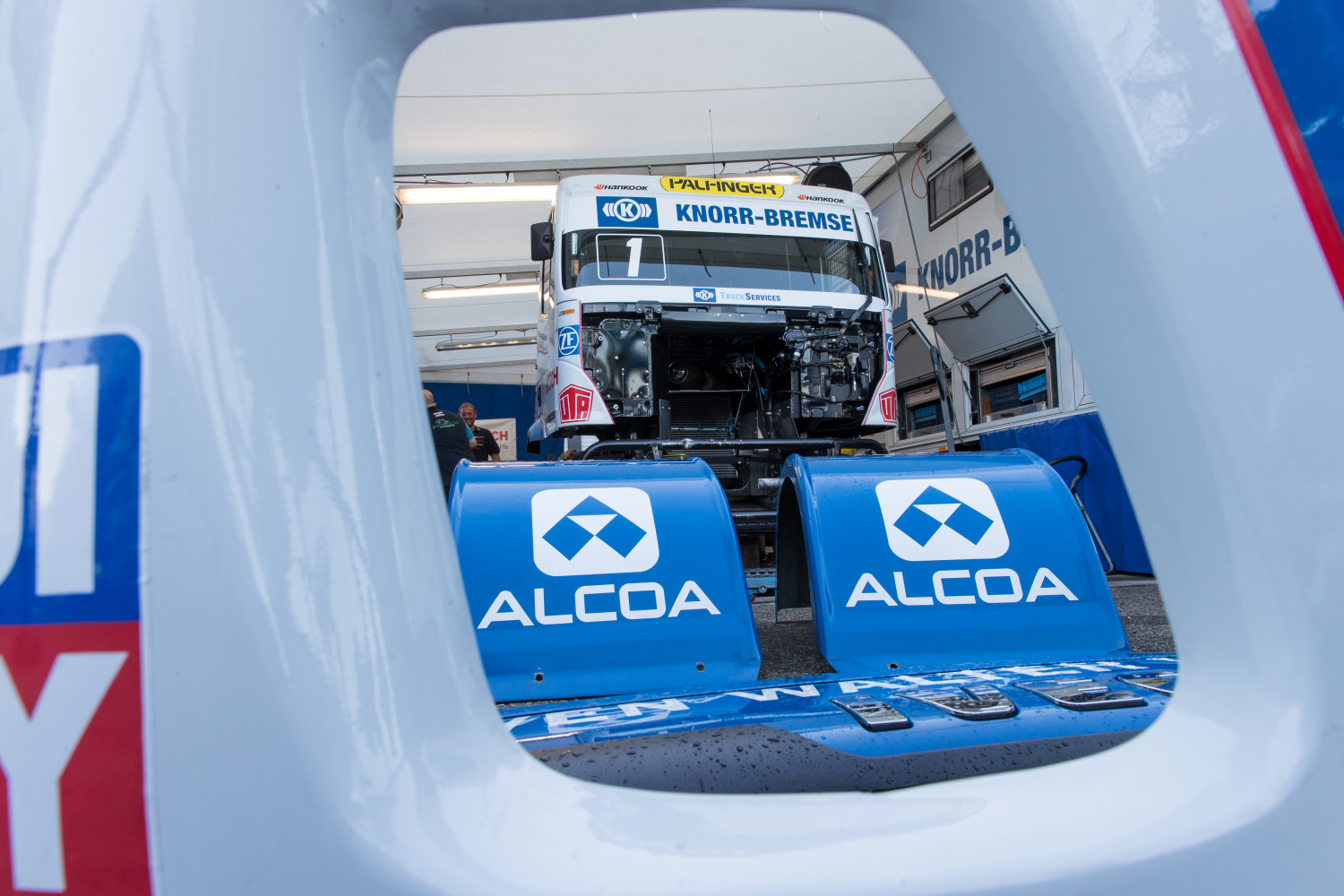In the latest of our tech mini-features, we catch up with Stefan Honens who talks us through the basics of building a chassis for truck racing
In the latest of our tech mini-features, we catch up with Stefan Honens who talks us through the basics of building a chassis for truck racing.
Stefan Honens has been involved in the sport for over two decades, working for several teams up and down the paddock, most recently serving as a technical director at Team Tankpool24 Racing.
Chassis is a backbone of race truck and a vital part of the package that has a huge impact on performance. In other words, even a truck fitter with top components such as engine and brakes, won’t perform well on track if it's built around a weak chassis.
“You start with two brand new chassis rails,” explains Honens.
“By regulations, you have to do that, you have to use original chassis rails and you start from there. Then a subframe, which is a frame around the chassis rails, is built.
“The target is to make it as rigid as possible. It shouldn’t twist, because if the chassis twist, you can’t control the weight transfer.
“We have a regulation saying that you cannot use more than 16 cross members (left to right) and 18 longitude member that you can only attach to the side of the chassis,” he summarises.
The frame also can’t be made any lighter compared with the road-going truck frame that’s taken as a starting point. Once the subframe is completed, it’s time for fitting it with a cab.
Once the subframe is completed, it’s time for fitting it with a cab.
“There are several possibilities here,” continues Honens.
“Normally you pick a second-hand truck, strip it down and you lighten it as much as possible, then you build a roll-cage in and then the dashboard, the electrics and so on."
It’s allowed in the regulations to use lightweight components such as plastic doors. However, the windshield has to be, by regulations, a standard laminated two-layer glass. The side windows have to be plastic, 4.9 mm thick.
Front bumper and sidepods also can be produced by the teams form lightweight materials, hence as different approaches can be seen across the teams using the same brands of trucks.
The saddle doesn’t have to come from a road-going truck, therefore teams replace them with plastic replicas. This regulation is in place in order to maintain the looks of a tractor unit and prevent teams from working on aerodynamics in that area of the vehicle.


